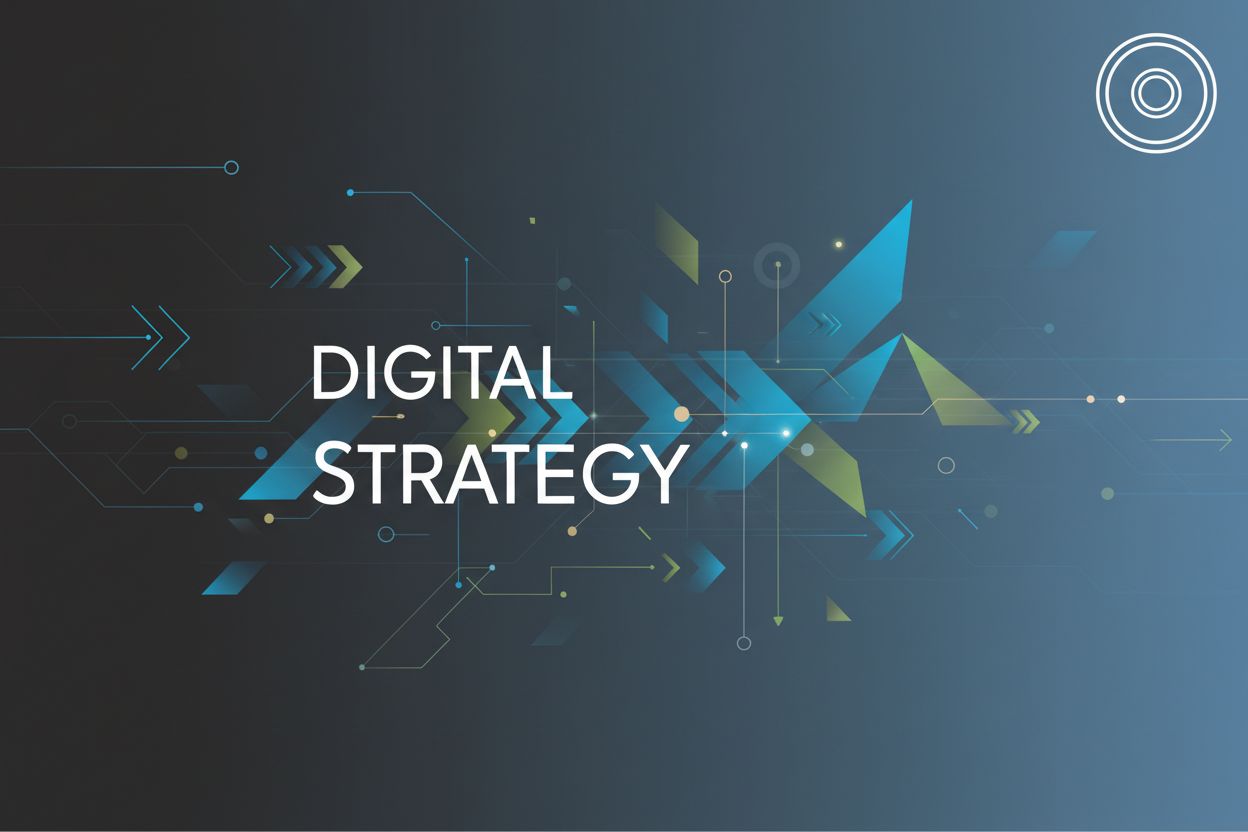Understanding the Relationship Between Structure and Strategy
TL;DR
The Interplay of Structure and Strategy in Digital Transformation
Digital transformation, right? It's like, the buzzword. But honestly, how many companies are actually nailing it? Turns out, a big piece of the puzzle is how your company is structured. It's not just about slapping some ai on top of old processes, you know?
Think of it this way: your digital strategy is the map, and your org structure is the car you're driving. If the car's a lemon, you ain't getting anywhere fast.
- Communication is Key: A hierarchical structure, with all it's layers can seriously slow down communication. Things get lost in translation, approvals take forever, and before you know it, your competitor has launched that awesome new feature. On the other hand, a flatter structure, where teams can talk directly, means faster decisions and quicker responses to market changes. I saw this play out at a retailer, where I noticed that siloed marketing and it teams were constantly tripping over each other, until they reorganized into cross-functional squads.
- Speed and Agility: How fast can your company react to, say, a new trend on tiktok? Or a sudden shift in customer demand? A rigid structure is like trying to turn a battleship, while an agile structure can pivot like a speedboat. Honestly, this is where a lot of companies are failing.
- Resources and Innovation: Where does the money go? And who gets to experiment with new ideas? If all the power is concentrated at the top, innovation is gonna be an uphill battle. You need a structure that encourages experimentation and allows resources to flow to the most promising projects. I'm thinking of a healthcare client where the innovation team was buried under layers of bureaucracy, and its impossible for them to get funding for new projects.
It's not just about adopting the latest tech. It's about creating an environment where digital initiatives can actually thrive. Which leads us to the next question: what happens when your structure and strategy are totally out of sync?
Adapting Organizational Structure for Digital Agility
You know, it's kinda funny how many companies say they're agile, but their org structure is anything but. So, how do you actually make your company structure more, well, agile? It's not just about beanbag chairs and stand-up meetings.
- Self-organizing teams are key. Think of it like this: instead of a boss telling everyone what to do, the team figures it out themselves. It can be chaotic at first, but the payoff is huge.
- Iterative processes are your friend. You know, "fail fast, learn faster" kinda thing. Instead of spending a year building a product, launch a minimum viable product (mvp) and get feedback. Rinse and repeat.
- Increased innovation comes from agility. When teams aren't bogged down in bureaucracy, they're free to experiment and come up with new ideas. I saw this happen at a financial services firm, they let the developers work directly with clients to get immediate feedback on new features, instead of waiting for a yearly review.
Cross-functional teams are like the avengers of the corporate world. You got your marketing person, your it person, your sales person, all working together on the same project.
- Silos are the enemy. Cross-functional teams break down those silos and foster collaboration. Everyone brings a different perspective to the table, which leads to better solutions.
- Communication is crucial. Regular meetings, shared documents, and a whole lotta trust are essential for cross-functional teams to succeed.
- Successful initiatives requires the right leadership. You can't just throw a bunch of people together and expect them to work magic. You need a leader who can facilitate communication and resolve conflicts.
Empowering employees and decentralizing decision-making is also super important. It's about trusting your people to make the right calls, which, honestly, can be scary for some ceo's. But it's worth it, because it leads to increased motivation and a culture of innovation. Okay, so, how do we actually do that?
Aligning Structure with Digital Marketing Strategy
Okay, so, you've got your agile structure... now what? How do you make sure your marketing team is actually, you know, effective in this new environment? It's not as simple as just telling everyone to "be digital."
- Rethink your team structure. Are you still organized by channel (seo, social, email)? That might be a problem. The best approach is to structure teams around the customer journey, not internal functions. So, instead of an "SEO team," you might have a "customer acquisition team" that uses seo, paid ads, and content marketing to bring in new leads. You want your teams focused on outcomes, not outputs.
- Embrace cross-functional collaboration. The marketing team can't operate in a silo. You need to work closely with sales, product, and even customer support. For example, it's important that marketing and sales teams are in line. If they are not aligned, it can decrease marketing ROI.
- Invest in digital marketing specialists. While everyone on the team should have a basic understanding of digital, you also need specialists in areas like seo, content marketing, and social media advertising. These specialists can help to drive innovation and ensure that your campaigns are as effective as possible.
- Create a culture of experimentation. Digital marketing is all about testing and learning. Encourage your team to try new things, even if they might fail. The key is to learn from your mistakes and keep improving.
It's all about setting up your team for digital success, right? Next up, we'll look at how to integrate different digital channels and technologies.
Case Studies and Examples
Okay, so, we've been talking about structure and strategy... but what does it actually look like when things go right (or horribly wrong)? Let's dive into some real-world examples.
Imagine a large retail chain, we'll call them "StyleCrafters". They was struggling to compete with online retailers, big time. Their CEO knew that a digital transformation was needed, but their old-school, hierarchical structure was seriously holding them back.
- They decided to break down the silos and create cross-functional teams focused on specific customer segments.
- Each team had members from marketing, it, sales, and customer service, all working together towards a common goal.
- The result? A 30% increase in online sales and a significant improvement in customer satisfaction. Not bad, right?
"The key to our success was empowering our teams to make decisions quickly and experiment with new ideas," said the ceo.
Now, let's talk about a company that didn't get it right. "MediCorp," a large healthcare provider, tried to implement a new digital health platform, but their rigid, bureaucratic structure completely stifled the effort.
- The it department was slow to respond to the needs of the marketing team.
- The legal department was scared of everything, and kept blocking new initiatives due to compliance concerns.
- The result? The platform launched late, over budget, and with limited functionality; they actually lost market share. Ouch.
A survey by Deloitte shows 70% of all digital transformations fail.
So, what's the takeaway here? Well, it's pretty clear: your organizational structure and your digital strategy need to be in sync.
- Communication is key. Break down those silos and get people talking to each other.
- Speed matters. You need to be able to react quickly to market changes.
- Empower your employees. Trust them to make decisions and experiment with new ideas.
It's not rocket science, but it does require a willingness to change and adapt. What's next? Well, here's how to keep your team focused and motivated during digital transformation.






